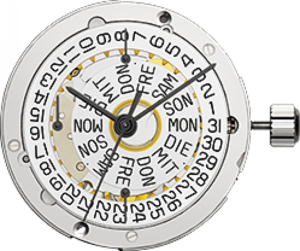 |
Brand: | ETA, Valjoux | 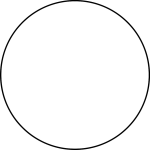
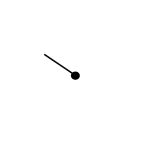
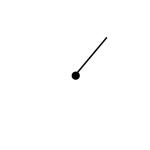





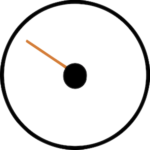
|
|---|---|---|---|
| Family: | |||
| Height: | 7.90 mm | ||
| Jewels: | 17, 24, 25 | ||
| Reserve: | 54 hours | ||
| Frequency: | 28,800 A/h | ||
| Winding: | Automatic, Central Rotor Automatic Winding, Clockwise Automatic Winding, Uni-Directional Automatic Winding | ||
| Diameter: | 30.00 mm (13.25 ligne) | ||
| Complications: | 2-Button, Cam Switching Chronograph, Chronograph, Date, Day, Hacking Seconds | ||
| Hands: | 12 Hour Chronograph Hand at 6:00, 30 Minute Chronograph Hand at 12:00, Central 60 Second Chronograph Hand, Central Hour Hand, Central Minute Hand, Date Window at 3:00, Day Window at 3:00, Small Seconds Hand at 9:00 | ||
| Distinguishing Technical Characteristics | |||||||||||
|---|---|---|---|---|---|---|---|---|---|---|---|
 Central-Rotor Automatic  Clockwise Balance Cock  Etachron Regulator |
|||||||||||
| Production: 1973 – Current | |||||||||||
| 1910s | 1920s | 1930s | 1940s | 1950s | 1960s | 1970s | 1980s | 1990s | 2000s | 2010s | 2020s |
Introduced in 1973, the Valjoux (now ETA) 7750 is a cam-operated automatic chronograph with a day/date calendar. It was based on the Valjoux 7733, which was itself a variant of the Venus 188. The Valjoux 7750 quickly ended production, only to be reborn in 1985 and has become one of the world’s leading watch movements since. Originally called “VAL 7750” by ETA, it was later widely known as the Valjoux 7750 and now as the ETA 7750.
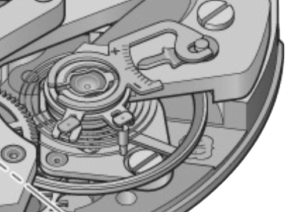
The ETA 7750 is available in Elabore, Top, and Chronometer grades, each with different specifications and materials used. The original Valjoux 7750 had 17 jewels, but modern versions typically have 25. Some versions list 24 jewels.
ETA Cal. 7750 Functions
The display layout is as follows:
- Central hour, minute, and chronograph seconds
- Day and date windows at 3:00
- 12 hour chronograph hand at 6:00
- Running seconds at 9:00
- 30 minute chronograph hand at 12:00
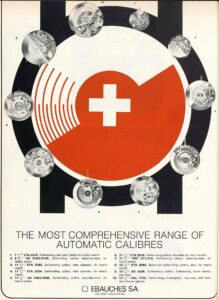
ETA Cal. 7750 Operation
The chronograph function is started, stopped, and restarted using the button at 2:00. It is reset to zero using the button at 4:00.
The movement can be manually wound with the crown in position 1. Rotate the crown clockwise to wind the mainspring.
The day and date wheels are advanced with the crown in second position (one notch out). Turn the crown clockwise to advance the date wheel by one day. Turn the crown counter-clockwise to advance the day wheel.
Rapid advance of the day and date using the crown is not possible between the hours of 8 PM and 2 AM.
The time is set with the crown in third position (pulled all the way out). Rotate the crown clockwise to advance the minute and hour hands and counter-clockwise to turn them backward.
ETA Cal. 7750 Ebauches and Variants
Cal. 7750 is used by many other manufacturers, often with additional finishing or complications. Some specific movements that are substantially similar include the Alpina AL-725, Ball RR1402, Bremont BE-50AE, Breitling B13, EDOX 011, Franck Muller FM 7850 CC MB, Graham G1747, Hamilton H-21, IWC 790 family, Junghans J880.1 and J880.2, Longines L667 and L674, Montblanc MB 25.01, Omega 1150 family, Oris 680, and TAG Heuer Calibre 16. Variants include the Bremont BE-17AE (with regatta timer), BE-83AR (flyback), and BE-83AR (retrograde), La Joux-Perret LJP8147-2 (flyback), LJP8201 MPC (monopusher), and LJP8721 (rattrapante), IWC 18680 (tourbillon), IWC 69000 family, IWC 76000 family, Mühle Glashütte MU 9408, Omega 3600 (rattrapante), Panerai OP III, OP IX, OP VIII, OP XIX, OP XXI, OP XXII, OP XXX, OP XXXI, and OP XXXII, and Sinn SZ01.
Since many of the patents have expired, a number of clone movements are also produced. Some include the Sellita SW500 and Shanghai 3LZF2.
ETA 7750 Family Overview
The ETA (formerly Valjoux) 7750 is a robust and reliable automatic movement with an integrated cam-operated chronograph function. It has spawned a family of chronograph and time-only movements and is used as a base for many complications and third-party watch movements.
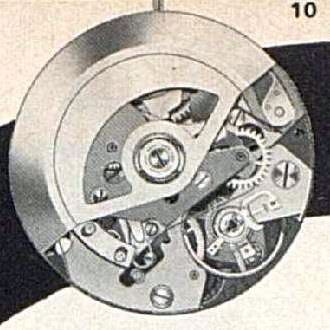
Introduced in 1974, the Valjoux 7750 was soon retired but returned in the 1980s. It has come to dominate the industry and remains popular today. Most versions of Cal. 7750 feature small seconds at 9:00 and chronograph hours and minutes subdials at 12:00 and 6:00, respectively. This “6-9-12” subdial arrangement is instantly recognizable to watch enthusiasts.
Distinguishing features of the ETA 7750 family include a smaller balance wheel than many historic movements and a small rotor hub with a slotted screw and five visible bearings. The balance is located at 1:30 when viewed from the back with the crown at 9:00, and is located by a clockwise cock. The distinctive Valjoux regulator was used on most 7750 variants until the 2010s, with a clamp-shaped arm and “dagger” pointer. The chronograph functions use cams rather than the levers and column wheel found on many other movements.
Images are taken from official publications and are used here for commentary and educational purposes. Copyright is held by the original owner as noted.
